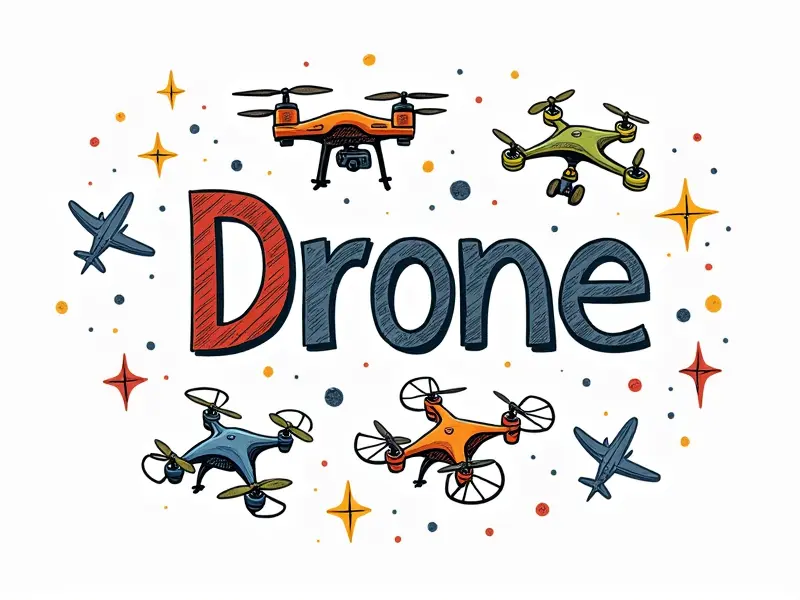How to balance RC planes?

Mastering RC Plane Balance Tips
Balancing your remote control (RC) plane is crucial for achieving stable and predictable flight performance. A well-balanced RC plane not only enhances its maneuverability but also ensures a smooth flying experience. This article will guide you through the essential steps to balance your RC plane, covering techniques that range from basic adjustments to advanced fine-tuning.
Perfect Your RC Plane's Center of Gravity
The center of gravity (CG) is one of the most critical aspects when it comes to balancing an RC plane. The CG is the point at which the weight of the aircraft is evenly distributed, and it significantly affects flight stability and performance. To find the ideal CG for your specific model, consult the manufacturer's recommendations or experiment with different positions.
Essential RC Plane Balancing Techniques
To achieve optimal balance, there are several techniques you can employ:
- Weighing Components: Use a precise scale to weigh all components of your plane. This helps in understanding how weight distribution affects flight characteristics.
- Battery Placement: Carefully position the battery pack within the fuselage to ensure that it contributes positively to the CG and overall balance.
- Weight Adjustments: Add or remove small weights from strategic locations to fine-tune your plane's stability. This can include adding lead tape, screws, or other weight kits available for RC planes.
Quick Guide to Balancing RC Planes
A quick guide to balancing your RC plane involves the following steps:
- Determine CG Requirements: Refer to manufacturer guidelines or perform test flights with slight adjustments to find the sweet spot.
- Weigh Your Plane: Use a digital scale to measure the weight of your RC plane accurately.
- Moving Components: Adjust heavier components like batteries and electronics towards the front or rear as needed.
- Add Weights: Insert small weights in key areas to achieve balance without compromising aerodynamics.
Achieving Flight Stability in RC Planes
Flight stability is directly linked to how well your plane's CG is set. A stable flight requires a balanced distribution of weight, ensuring that the aircraft can maintain level flight and respond accurately to control inputs without excessive pitch or yaw.
- Pitch Stability: Ensure that the nose neither drops nor rises uncontrollably during flight.
- Roll Stability: The plane should roll smoothly into turns without over- or under-banking.
- Yaw Control: Proper yaw control allows for accurate directional changes and reduces unwanted drift.
Fine-Tuning RC Plane Balance for Flight
To fine-tune your RC plane's balance, consider the following tips:
- Test Flights: Perform multiple test flights with minor adjustments to observe how changes affect stability.
- Pilot Input Sensitivity: Adjust control surface throw and sensitivity settings in your transmitter for better responsiveness.
- Aerodynamic Balancing: Ensure that the wings, tail surfaces, and other aerodynamic components are properly aligned to contribute positively to stability.
RC Plane Setup for Optimal Flight Stability
The setup of your RC plane plays a vital role in achieving optimal flight stability. Here are some key points:
- Fuselage Alignment: Ensure that the fuselage is straight and free from warping.
- Wing Attachment: Wing mounting should be precise, with proper alignment to prevent unwanted torque or drag.
- Tail Surface Adjustment: Properly set elevator, rudder, and aileron angles for balanced flight characteristics.
Tips for Maintaining RC Plane Stability
Maintaining stability in your RC plane requires consistent checks and adjustments. Here are some ongoing maintenance tips:
- Regular Weight Checks: Periodically weigh your plane to ensure that it remains balanced.
- Component Tightening: Regularly check screws, bolts, and other fasteners for tightness.
- Aerodynamic Surface Inspection: Inspect wings, tail surfaces, and control surfaces for any damage or wear.
Easy Steps to Balance RC Airplanes
Balancing your RC airplane can be simplified into these easy steps:
- Determine CG Range: Find the recommended center of gravity range for your specific model.
- Weigh Components Individually: Measure individual components to understand their impact on balance.
- Add or Remove Weights: Adjust weights as needed, starting with small changes and testing after each adjustment.
- Test Flight: Perform test flights to observe how your adjustments affect flight stability.
RC Plane Center of Gravity Secrets
Understanding the secrets behind achieving a perfect CG for your RC plane can make all the difference in its performance. Here are some insider tips:
- CG Adjustment Range: Know the limits within which you can adjust the CG without compromising structural integrity.
- Weighing Techniques: Use precise weighing techniques to accurately determine weight distribution.
- Battery Placement Strategies: Optimize battery placement for maximum efficiency and stability.
Balancing Act for RC Airplanes Explained
The balancing act of an RC airplane involves a delicate interplay between aerodynamics, weight distribution, and control surface adjustments. By mastering these elements, you can achieve unparalleled flight performance:
- Understanding Aerodynamics: Learn how different wing shapes and tail configurations impact stability.
- Control Surface Tuning: Fine-tune your ailerons, elevators, and rudder for optimal responsiveness.
- Weight Distribution Optimization: Continuously refine weight placement to enhance flight characteristics.
Conclusion
Maintaining the balance of an RC plane is essential for achieving stable and enjoyable flights. By following the tips outlined in this article, you can ensure that your RC plane performs optimally with predictable behavior and enhanced maneuverability. Remember to conduct regular checks and make necessary adjustments as needed to keep your aircraft balanced and flying smoothly.

